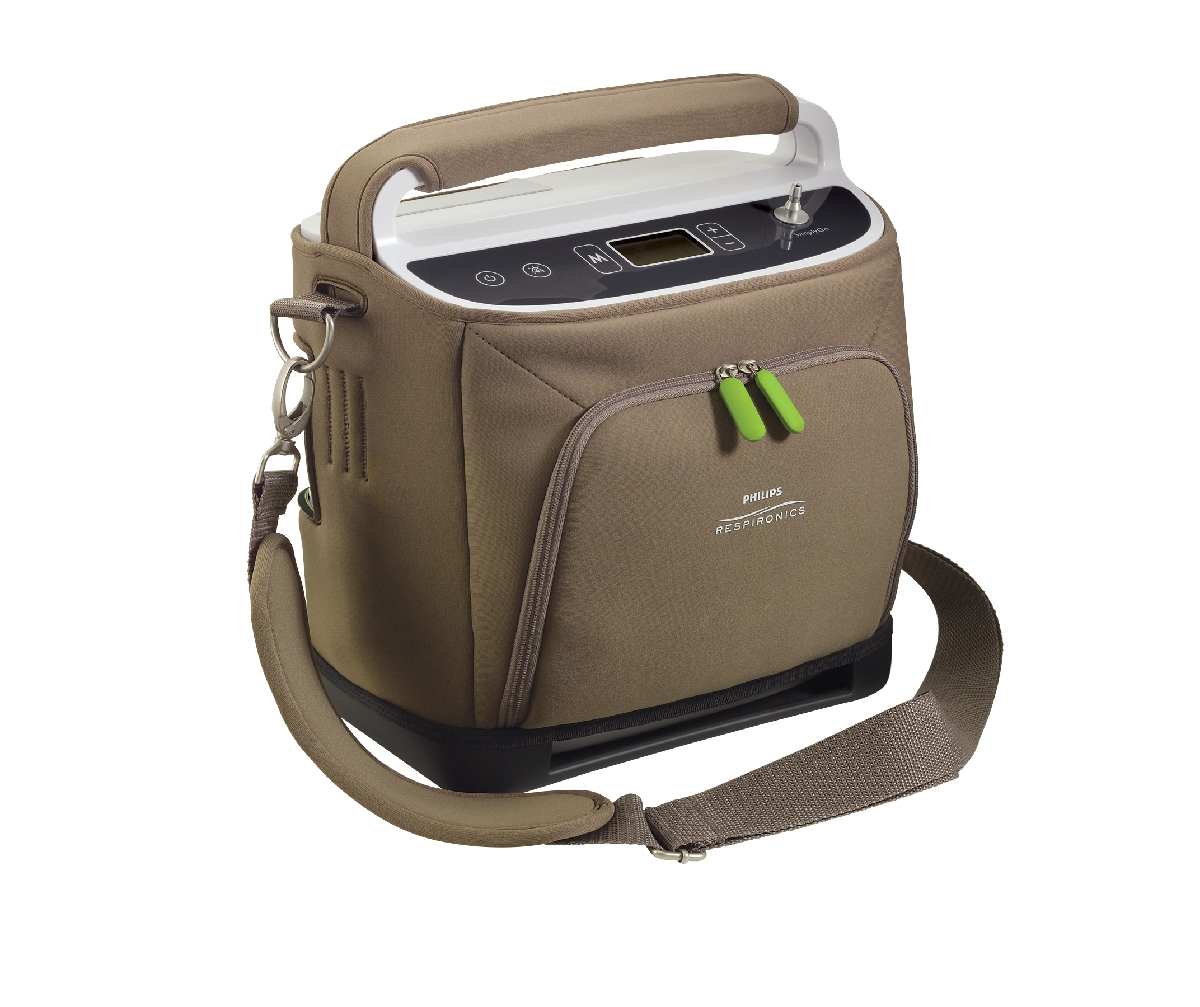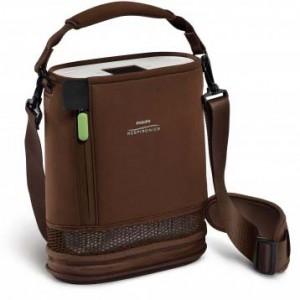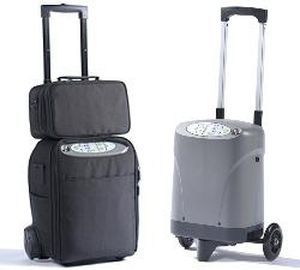Frequently Asked Questions
What are Portable Oxygen Concentrators (POCs)?
A POC is an incredibly small and lightweight (compared to the conventional oxygen bottles) oxygen supply that provides supplemental oxygen to people with breathing and lung conditions.
They are generally small devices that don’t use that much electricity.
Many patients suffering from pulmonary malfunction and inadequate respiratory drive need continuous supply of oxygen throughout the course of the day and night. POCs serve this need as their portability provides the user access to this oxygen supply anywhere, and at anytime.
How do POCs work?
POCs deliver supplemental oxygen to people who have low levels of oxygen in their blood. Contrary to what others still think, portable oxygen concentrators don’t carry oxygen. They extract air from around the machine, separate much of the nitrogen, purify the oxygen (up to 90-98% oxygen/5-10% nitrogen) and deliver the oxygen to the user though a nasal cannula.
They are both battery and electrically operated, making them as portable as a laptop or smart phone. The battery needs to be charged, and this can be done by plugging it into an electrical outlet. It also comes with an adapter you can plug into your vehicle while you drive.
What are the benefits of Portable Oxygen Concentrators?
The biggest benefit of POCs to users of all ages is you can travel anywhere, and perform most activities while receiving the oxygen therapy you need. You can take POCs with you on your favorite activities and travels, giving you freedom and independence. POCs can withstand different conditions such as extreme temperatures, impacts and vibration, while operating to deliver oxygen.
They are compatible with CPAP and BiPAP machines.
There are many types, prices of which range depending on their features and added benefits.
Are POCs all the same?
Not all POCs are created equal. Here are some differences:
- Some POCs are better at delivering oxygen while you sleep.
- Some POCs are better at operating at high altitudes, outside of an airplane.
- Not all POCs can be used and charged on DC power (such as a cigarette lighter socket in a vehicle) at the same time. With certain brands, this has a safety warning and not recommended.
- The size of the POC matters. Bigger-sized POCs may offer higher oxygen capacities and longer-lasting batteries than the smaller ones.
- Many of the older models can still be heavy and cumbersome to use.
Why are they becoming very popular?
The popularity of POCs can be compared to that of mobile phones and mobile laptops or computer tablets. People want to be mobile, and the mobility of these oxygen concentrators appeal to the growing number of breathing-challenged population of all ages.
They provide safe and effective management of breathing problems with a higher level of mobility that was not before possible. POCs truly revolutionise the way people treat their lung condition.
What are the continuous flow settings in POCs?
At the moment, the continuous flow settings in POCs range between 1 and 3 LPM (liters of oxygen per minute).
Can I take my POC when travelling?
Definitely. Portable Oxygen Concentrators were designed to travel with you. A POC comes with all the accessories necessary to accompany you when you’re on the move: external battery module and charger, airline, boat or vehicle power supply, humidifier, DC power supply, and AC power supply. They come with a custom carrying case or a sturdy cart with large wheels, or both. You can also carry it as a backpack when you’re out on a hike.
Our brands of POCs are Federal Aviation Administration (FAA)-approved on most flights. They are multi-voltage, meaning you don’t need a powered inverter to use them. There are airlines though that won’t accept certain brands, please check with your airline to confirm your flight’s policy before purchasing your ticket.



